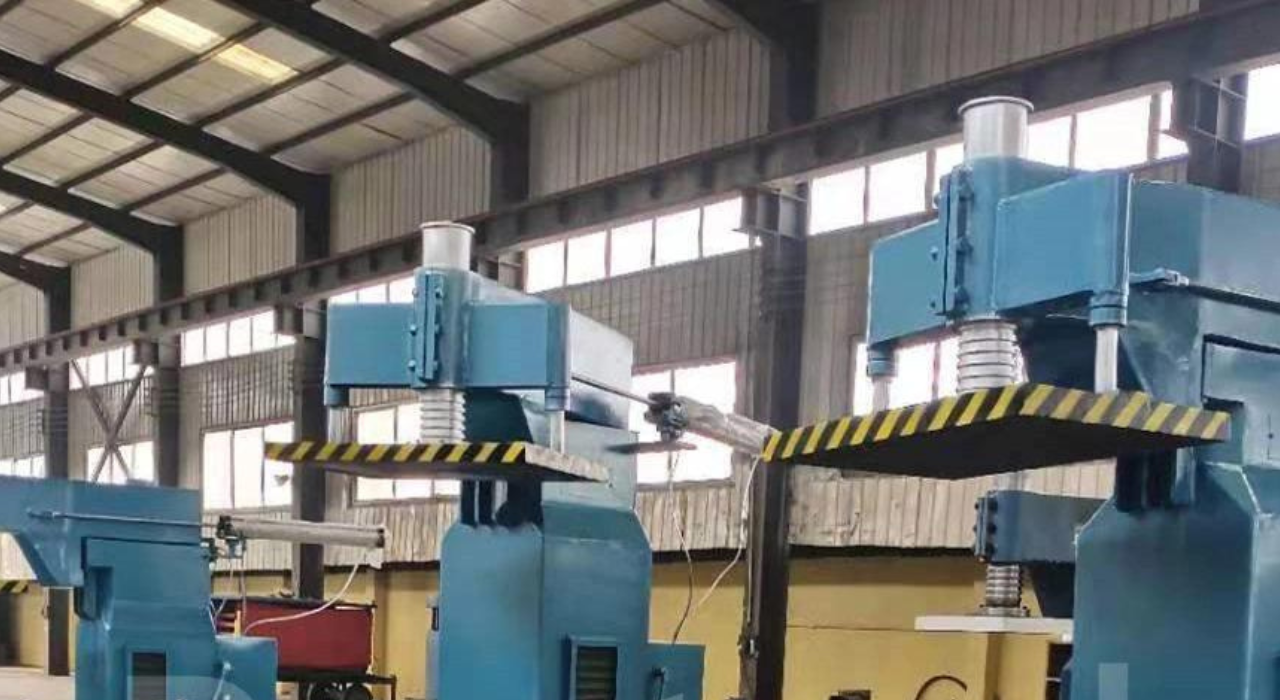Maintaining a sand molding machine is vital for ensuring its reliability, sturdiness, and high-standard performance in the foundry industry. Those machines are pivotal in producing molds used for casting steel components, running under demanding situations that reveal their wear, particle accumulation, and mechanical failures. Everyday maintenance plays a pivotal role in preventing sudden breakdowns, which can halt production and incur luxurious maintenance.
It entails a systematic method of inspections, cleanings, lubrications, component replacements, calibrations, and documentation of all activities. With the aid of conducting ordinary inspections, operators can become aware of early signs of damage, harm, or misalignment, ensuring timely upkeep or replacements. Proper cleansing of external and inner components prevents buildup, which could affect device operation and mold excellence. Lubricating and transferring components reduces friction and wear, extending component lifespans and maintaining efficiency.
Scheduled calibration and adjustment of sensors and settings ensure accurate operation and extraordinary mold manufacturing. Ultimately, powerful maintenance of the sand molding machine not only enhances system reliability and toughness but also contributes to regular production, minimizing downtime and optimizing average operational efficiency inside the foundry environment.
Maintenance Tips for Sand Molding Machine
Retaining a sand molding system is critical to ensuring its durability, performance, and regular manufacturing quality. Everyday upkeep can save you unexpected breakdowns, lessen downtime, and increase productivity. Here's an in-depth article on how to properly maintain a sand molding machine.
Regular Inspections
Regular inspections need to consist of a visible test for any visible wear, damage, or misalignment, consisting of cracks, leaks, or uncommon wear styles. Run the device to listen for any uncommon noises like grinding, knocking, or squealing, and make certain all protection guards and emergency stop mechanisms are useful, with sensors and alarms working efficiently. Inspections contain checking issues with wear, together with belts, gears, and bearings, and analyzing hydraulic, pneumatic, and electric systems for leaks, stress tiers, and wiring integrity.
Cleaning
Every day cleansing entails wiping down the machine outdoors to get rid of dust and any spilled sand or debris, in addition to preserving managed panels easily and freeing them from dirt with the usage of compressed air. Weekly cleaning requires a more thorough inner cleaning of components, just like the sand hopper and conveyor systems, to prevent buildup from affecting performance. Additionally, smooth lubrication factors make certain grease and oil can penetrate successfully, retaining the most desirable gadget functionality.
Lubrication
Lubricate high-use areas every day as distinctive by way of the producer, specializing in bearings, chains, and gears. Perform a complete weekly lubrication of all transferring parts, and use the recommended lubricants for compatibility and effectiveness. Keep away from over-lubrication, which could entice dust and sand, inflicting abrasive wear, while below-lubrication can result in extended friction and wear. Make certain the ideal form of lubricant is used for every element, following the machine’s manual for specs to maintain top-of-the-line overall performance.
Component Replacement
Scheduled replacement of worn elements, such as belts, filters, seals, and gaskets, should observe the manufacturer's pointers to prevent surprising disasters. Hydraulic fluids need to be modified periodically to keep the machine efficient. Be prepared for unscheduled replacements by keeping an inventory of important spare elements to reduce downtime. Frequently inspect and promptly replace any additives displaying signs of excessive wear or harm to make certain non-stop, reliable operations and avoid highly-priced production interruptions.
Calibration and Adjustment
Regularly calibrate sensors and gauges to make certain accurate readings, as misaligned sensors can cause fallacious system operation. Take a look at and modify mildew alignment to save you defects in forged components. Ensure belt tensions and hydraulic pressures are effectively set to prevent premature wear and poor mold quality. Verify that device settings are in the producer's exact parameters to keep steady mold satisfactory and green operation, adjusting as wished for gold standard overall performance.
Documentation And Record Keeping
Maintain detailed records of all maintenance activities, together with inspections, cleanings, lubrications, and part replacements. Use maintenance logs to schedule future tasks whilst specific sports need to be achieved. Use operational statistics to perceive developments and capability troubles before they grow to be critical problems. Keep a record of all upkeep finished to pick out ordinary troubles and enhance maintenance practices, ensuring a nicely documented method for non-stop machine reliability and efficiency.
Training and Safety
Educate operators very well on the proper use and protection of the system to minimize wear and ensure secure operation. Offer education on protection protocols to save you from injuries and accidents at some stage in maintenance techniques. Implement lockout/tagout processes to isolate energy sources and save you from unintentional device startup. Equip protection personnel with suitable shielding tools, inclusive of gloves and safety glasses, for their protection. By emphasizing training and safety measures, you may create a secure and efficient working environment, even prolonging the machine's lifespan and overall performance.
Sum Up
Everyday maintenance of sand molding machines is vital to ensuring their reliability and performance. By following a maintenance schedule that consists of ordinary inspections, cleaning, lubrication, element alternatives, calibration, and the right documentation, you could extend the lifespan of your gadget and prevent excessive manufacturing. Education operators and imposing protection measures, in addition, make contributions to a secure and efficient working environment.


